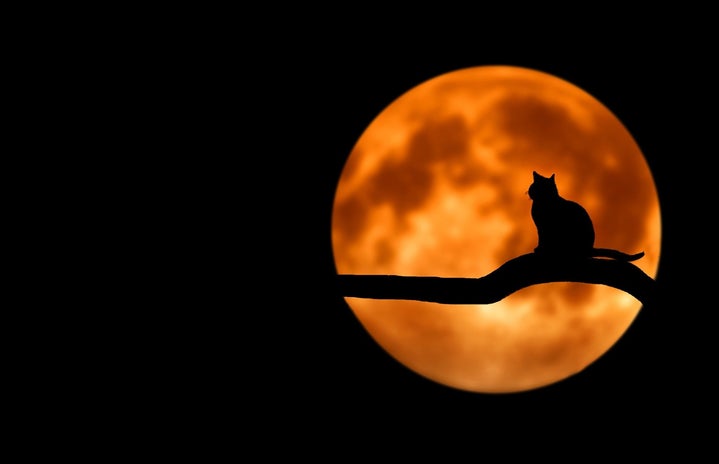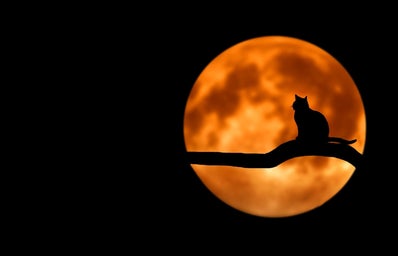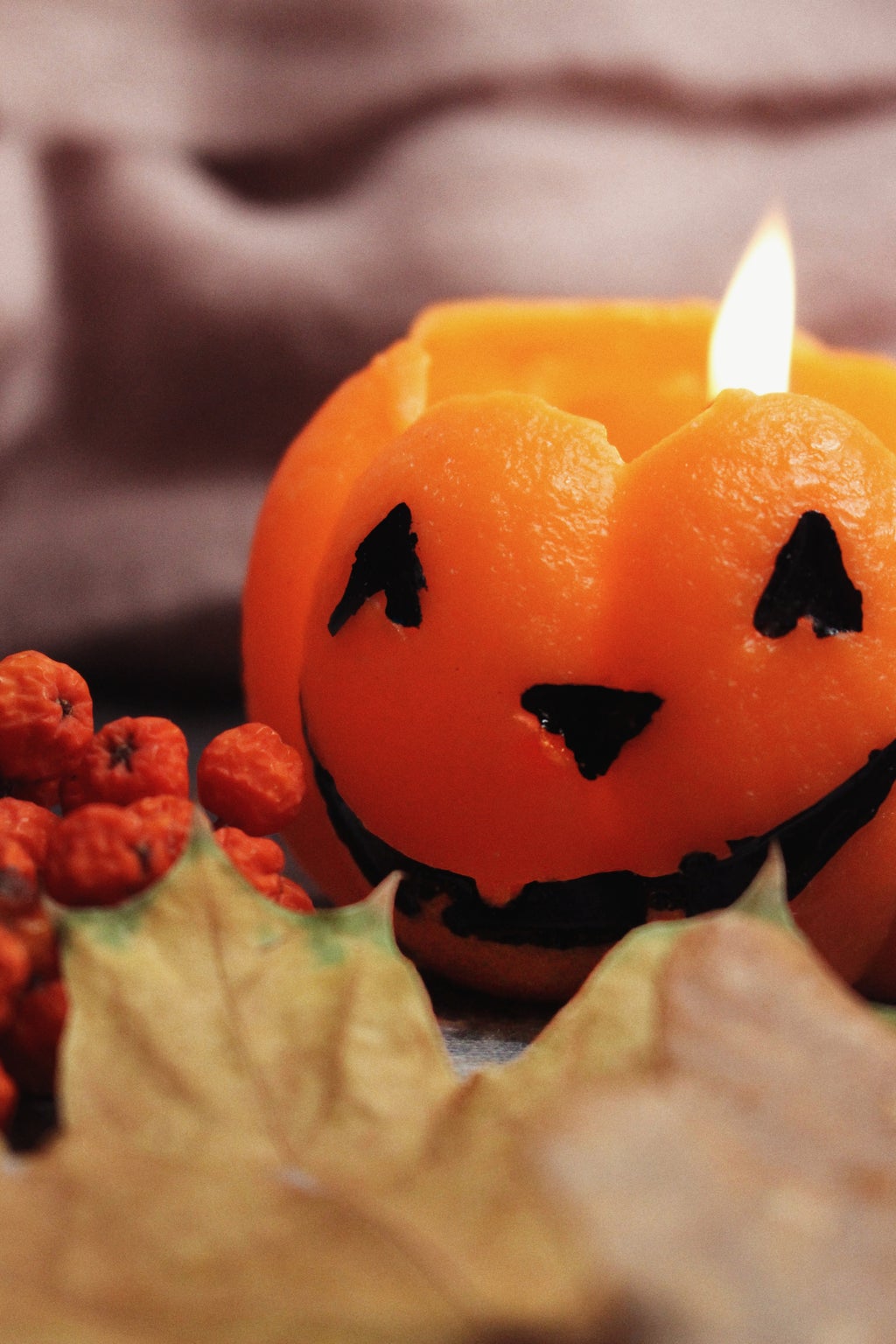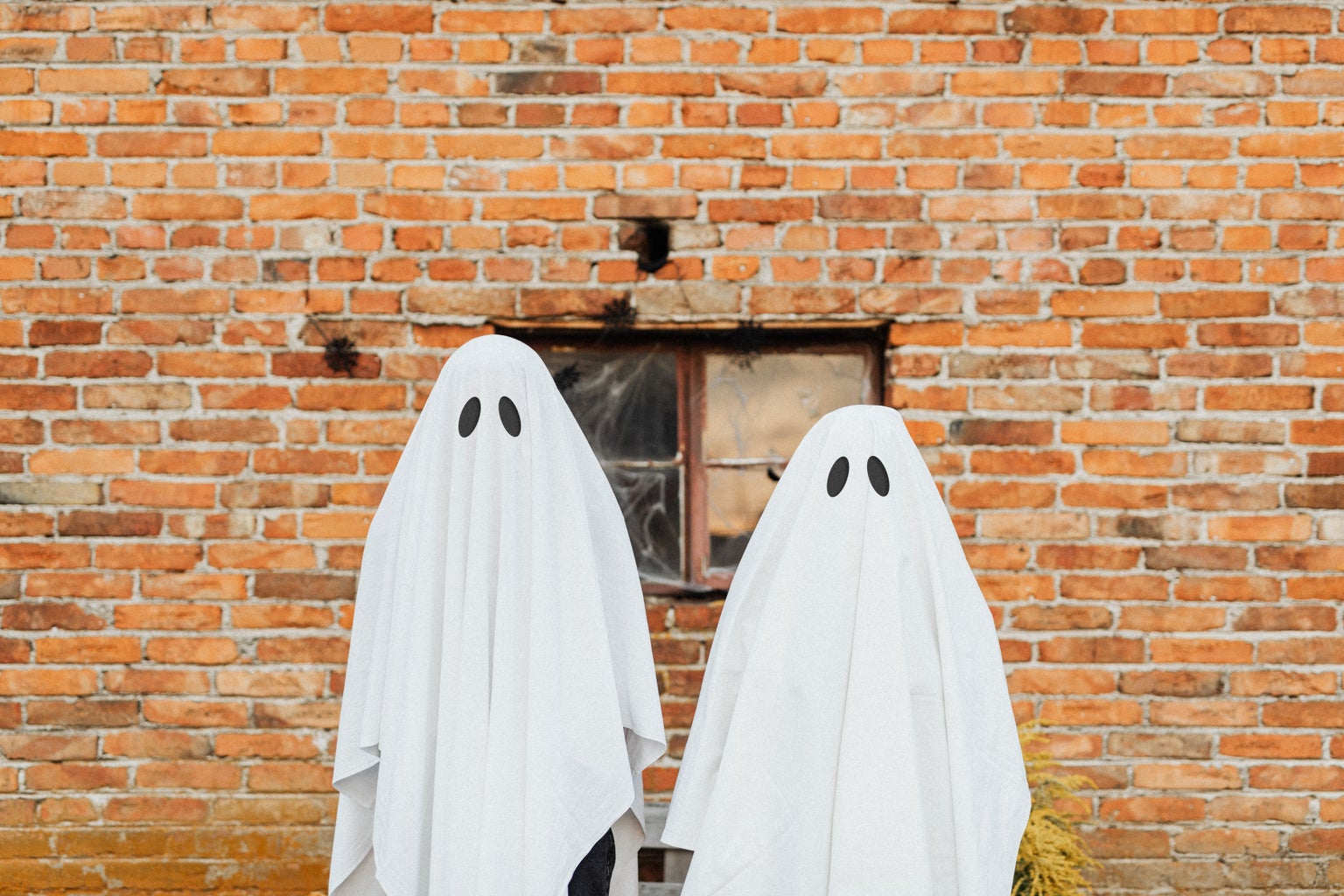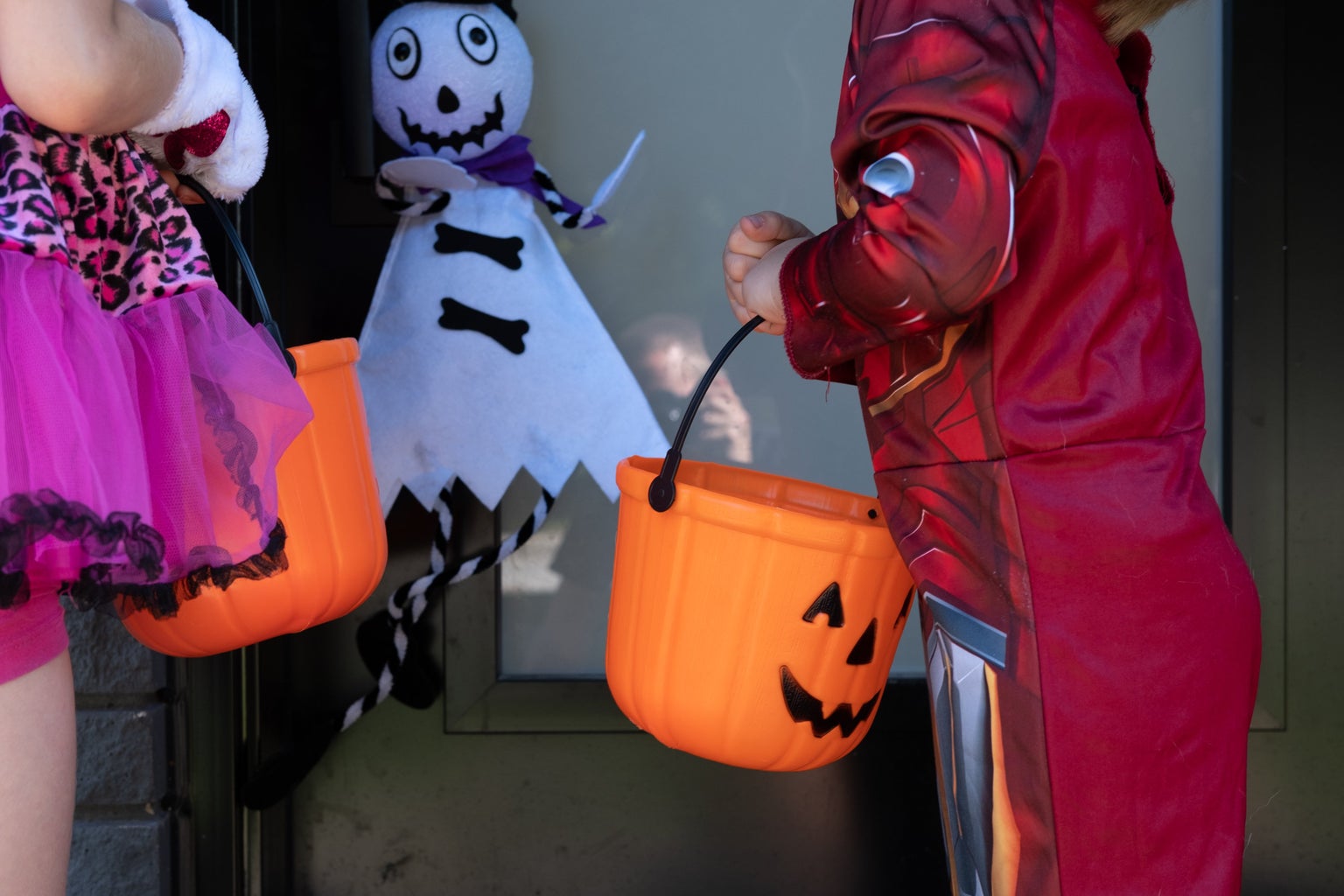Origin
Halloween dates back to 2000 years ago. It began as the ancient Celtic festival of Samhain. For the Celts, this day represented the transition from summer to winter and the return of the ghosts of the dead. It was essentially a New Year celebration on November 1 that honored the dead. Ceremonies ensued to protect the Celts from the rough winter ahead. Once the Roman Empire conquered the Celts in 43 A.D., the Samhain festival morphed with two Roman festivals, initiating the beginning of the evolution of Halloween among various cultures.
Christian Influence
Once Christianity spread in Europe, many cultures and traditions were impacted by it. By the 9th century, Christian ideology had spread into the Celtic islands, causing a further blending of customs and practices in the region. November 1 became “All Saint’s Day,” a day to remember and honor all saints and martyrs within the Christian faith, and November 2 became “All Soul’s Day,” a day to remember all of the dead within the Christian faith. This holiday is also where the origin of the name “Halloween” comes into play. All Saint’s Day became known as All-Hallows (from the word Alholomesse in Middle English, translating to All Saint’s Day,) and the celebrations that took place the night before (on October 31) became known as All-Hallows Eve, and later on, Halloween.
Halloween in Colonial America
Halloween traditions existed early on in colonial America, but it took many years for these celebrations to become widespread throughout the country. Colonial Halloween celebrations included: sharing stories of the dead, dancing and singing, telling fortunes, and mischief-making. In the Americas, culture mixing occurred, this time between various European ethnic groups and Native Americans, differentiating American Halloween from the holiday’s original origins.
Halloween in 19th Century America
Autumn festivities and other celebrations resembling Halloween were typical in the middle of the 19th century but still less widespread than today. Halloween was popularized due to the influx of European immigrants into the US in the second half of the 19th century. These immigrants brought traditions that still existed in Europe, which merged with the new celebrations in America. One of these European traditions is the classic “trick or treat.”
The Transition from Scary Superstitions to Family Fun
Many Halloween traditions centered around religious superstitions and witchcraft. As it became popular and community-oriented, parents were encouraged to take out all of the scary aspects of Halloween and include family-friendly activities. This leads to today, where Halloween is a very child-centered holiday.
Trick or Treating
Trick or treating began in the US during the 19th century but didn’t become popular until the 20th century. Americans revived it between 1920 and 1950. Trick or treating was a relatively easy and inexpensive way to get a whole community involved in Halloween festivities. Teenagers engaged in vandalism and other “tricks,” and many people started giving out “treats” to prevent having tricks played on them, hence the name “trick or treat.”
Halloween Today
Today, Halloween is widely celebrated in the US and other parts of the world. It has become a day filled with fun, candy, scary movies, crazy costumes, and parties. Halloween is an interesting example of the power of collaboration and trading across cultures. It also shows how religious celebrations can become secular and enjoyable for everyone. I love Halloween, and I use it as a reminder to give myself permission to let loose and have fun.
https://www.history.com/topics/halloween/history-of-halloween
